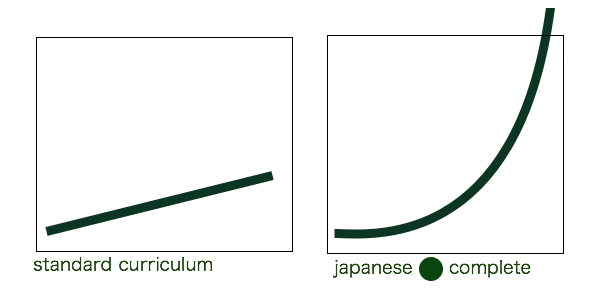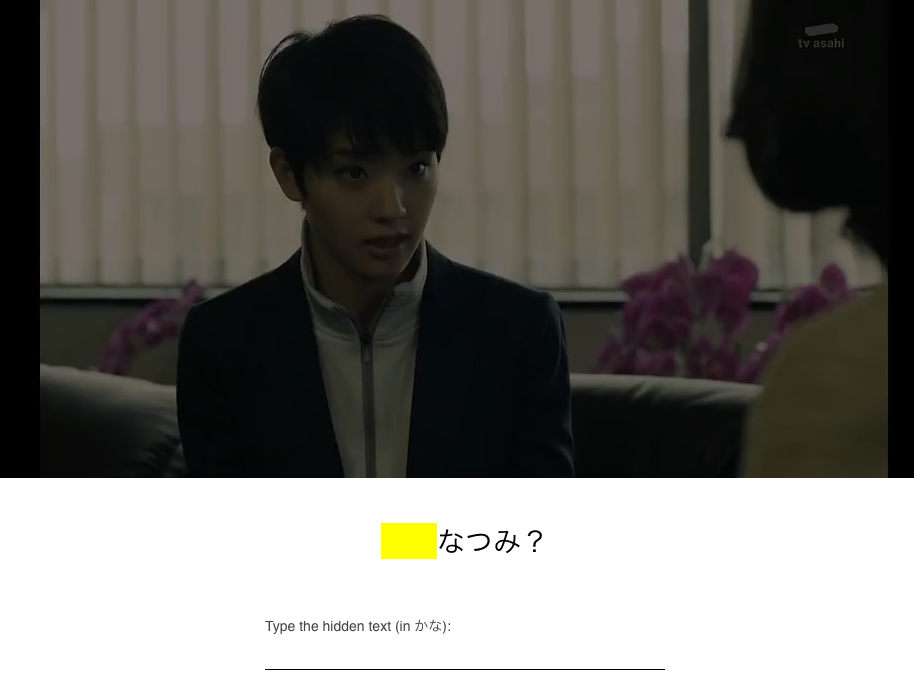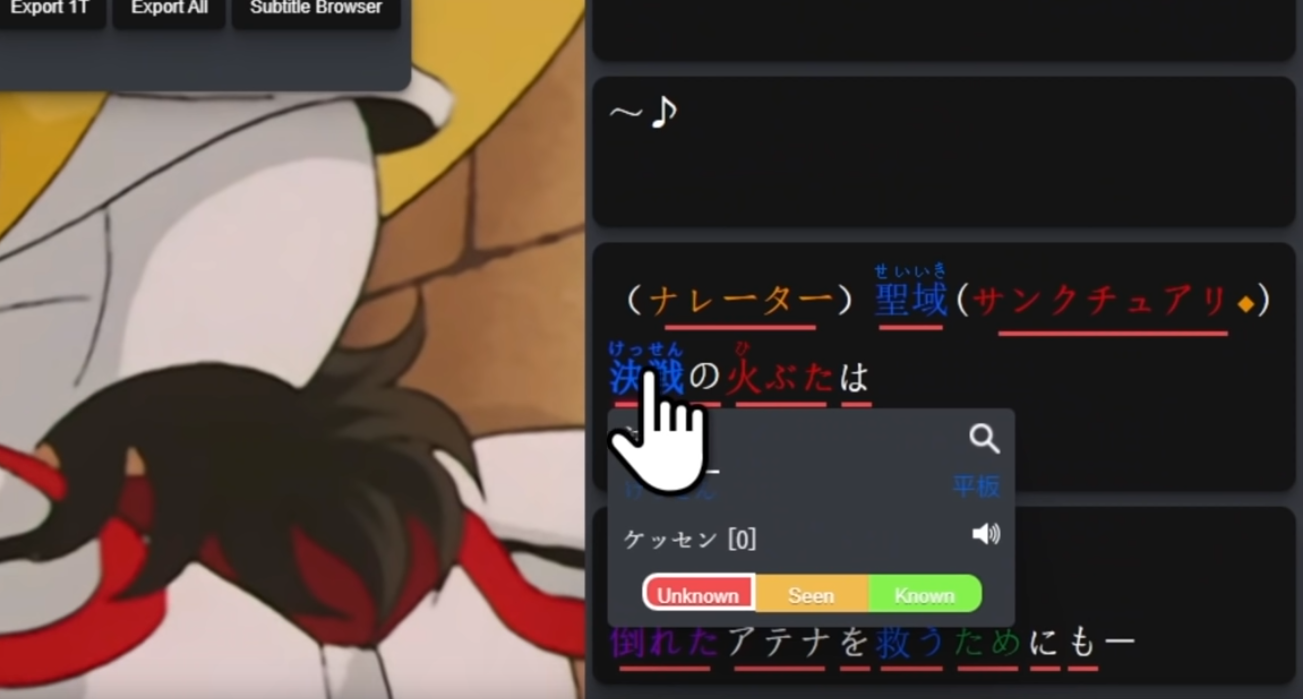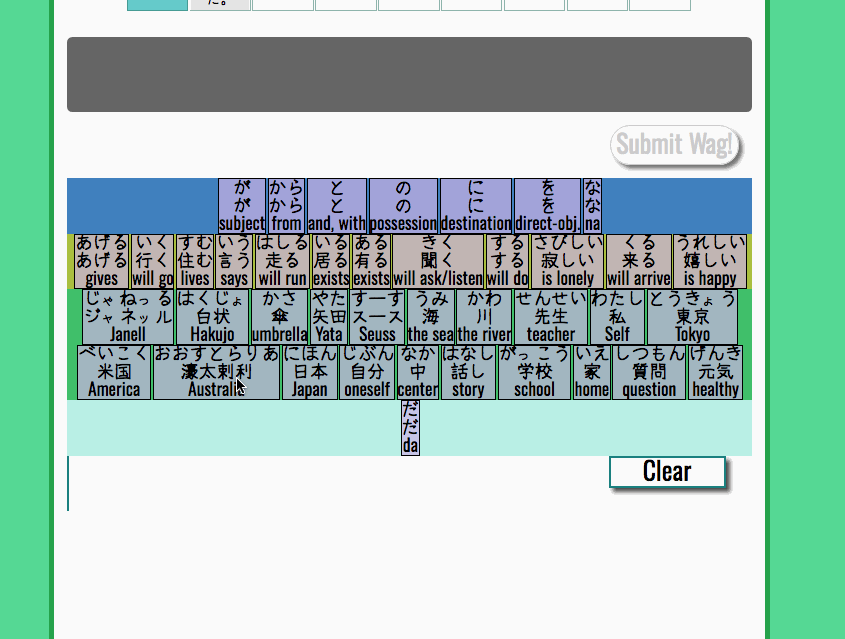Q: What’s the best way to get to a proficient level in a target language quickly?
A: Create a solid foundation through study, immerse yourself in native media, and practice generating your own speech and writing based on what you know. Repeat the process and have joy while doing it.

At Japanese Complete we focus on creating solutions to target “Study” and “Generation,” while others in the world have been quite successful at creating solutions that target “Immersion.”
Study
For example, our innovative online textbook has thorough grammar explanations not available elsewhere, and lessons to learn kanji by meaning-word and mnemonic, with a portion of the page dedicated to practicing your kanji drawing skill. We also have quizzes for each chapter so you can be sure you are recalling the verbs, kanji, and grammatical particles you have learned in each lesson.
Because Japanese grammar is so different from English and Romance languages, it is vital that one has a very solid foundation upon which to build their understanding. If one were simply “dropped into Japan” one day out of the blue, it would be an uphill climb in learning the basic grammar through immersion, which is why stepping stones in the very beginning are excellent for speeding up one’s attainment of proficiency.
Frequency Analysis
There have been some extensive Frequency Analysis projects of the Japanese language, such as the BCCWJ (Balanced Corpus of Contemporary Written Japanese) that aim to provide educators with a way to teach the language in a sequence consistent with immediate usefulness, effectiveness, and proportional to occurence in the wild. For example, the most frequent 777 kanji cover roughly 90% of all kanji seen in the wild, while the next 700 (#778-1447) cover just 8%. This is consistent with Zipf’s law, and Zipf’s insight can readily be brought to language learning by using a frequency-based dictionary or otherwise created frequency-list.

Immersion
“Get your ears wet.”
Free services such as Super Native TV allow learners to listen to small clips of real Japanese shows and videos, and even do small quizzes based on listening and filling in the blank — a portion of the original is deleted and one has to type in the correct missing words or letters.

Browser Extensions
Other useful pieces for immersion without dunking yourself into the nation of Japan straight-away include browser extensions such as RikaiChamp for Firefox or RikaiKun for Chrome that function as dynamic tooltip dictionaries for browsing the web. Now you can go to a Japanese news site and hover over text to get the definitions from the loaded dictionary files straight into a useful tooltip.

There are also new projects trying to create a stronger immersion-based environment for daily life on the screen — Migaku (jp: “to polish”) is a (mostly?) open-source project that, when subscribed to their $5 tier on their Patreon, provides a browser extension that uses loaded dictionary files to define text with tooltips, and also allows one to create flash cards seamlessly within that experience. There is also the ability to create flash cards from subtitles on Netflix and anything with .srt files so you can create flash cards for snippets from your favorite video and television programs. Although it might be rough around the edges, there are now 3 lads working on it full-time so hopefully it will just get better and better for language immersion in the browser.

Generation
Writing
The last step of the loop for fluency is generation, which occurs when one uses their target language to speak or write. At Japanese Complete we have created some very interesting tools to aide users in generating grammatical Japanese, such as our tool Wag: the Visual Sentence Composer that lets you build grammatically-correct sentences in Japanese via point-and-click.

Speaking
For generating speaking ability, supernative.tv has a listen-and-repeat mode. There are also several services for connecting with language experts and practicing your conversation skills available as apps for mobile devices. There is also the opportunity to connect with language tutors via video chat and practice one’s speaking abilities this way.
Closing Remarks
Create a solid foundation through exemplary materials so you waste no time. This is studying well.
Immerse yourself in native media as much as possible: news, shows, film, youtube, articles, books, songs, and in the case of Japanese: manga, anime, etc.
Practice generating language both verbal and written so you can quickly attain a flexible level of proficiency in your target language.
By finding excellent tools to satisfy each of the three circles of “Study, Immersion, and Generation,” (and using them on repeat) one can swiftly attain fluency in any language.
Start learning Japanese now for free with our guide Essential Japanese: The Mental Model. For a more thorough path and course, check out Japanese Complete.
